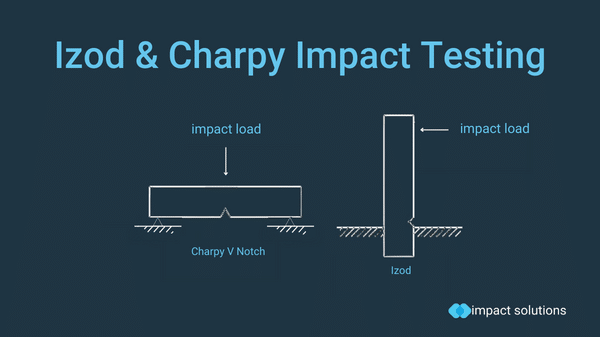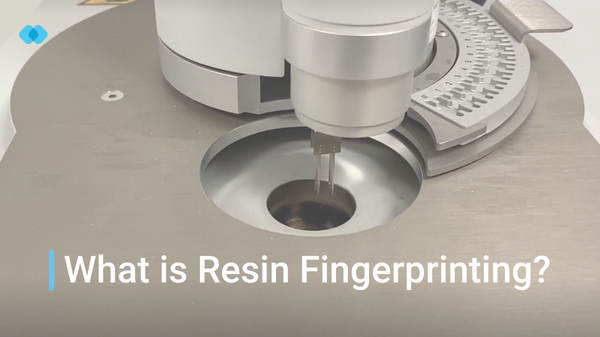Compression Testing
A compression test determines the behaviour of plastic/composite material when it is subjected to a compressive/crushing load. The specimen is placed between compressive plates parallel to the surface. A compressive load will be applied to the specimen at a uniform rate. The maximum load is recorded along with stress-strain data. An extensometer attached to the front of the fixture is used to determine modulus. Typically, compression moulding for plastics material follows the standard test method from ASTM D695 or ISO 604. When the specimen is compressed, the deformation at various loads is recorded. Compressive stress and strain are calculated. The stress-strain diagram provides the following values:
- elastic limit,
- proportional limit,
- yield point,
- yield strength and,
- compressive strength.
Whereas for composite material the standard ASTM D3410 is preferred. ASTM D3410 determines the compressive properties of polymer/ composite materials by shear loading. The ASTM D3410 is most suitable for composite materials that are reinforced with high-modulus fibres, including tape and textile. The ASTM D3410 provides material data such as compressive strength, strain, modulus and poisson’s ratio.
More Mechanical Testing
Have a question?
Speak to our specialists




